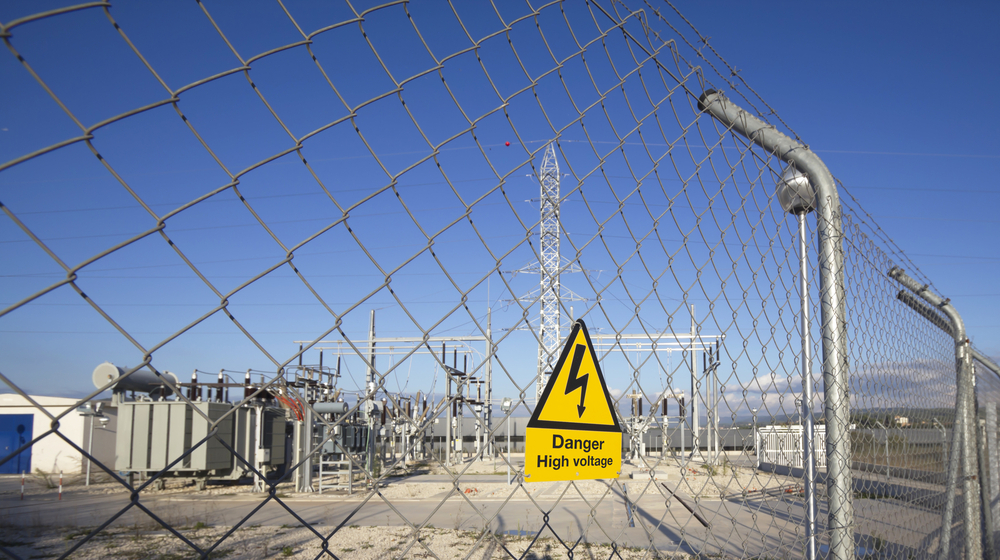All About Roar Solutions
All About Roar Solutions
Blog Article
An Unbiased View of Roar Solutions
Table of ContentsHow Roar Solutions can Save You Time, Stress, and Money.Get This Report on Roar SolutionsAn Unbiased View of Roar Solutions
In order to secure setups from a potential explosion a method of evaluating and classifying a possibly dangerous location is required. The objective of this is to guarantee the correct option and installation of tools to inevitably stop a surge and to make sure safety of life.
(https://www.brownbook.net/business/53579326/roar-solutions/)
No equipment ought to be set up where the surface temperature level of the equipment is higher than the ignition temperature of the given threat. Below are some typical dust unsafe and their minimum ignition temperature level. Coal Dust 380C 225C Polythene 420C (melts) Methyl Cellulose 420C 320C Starch 460C 435C Flour 490C 340C Sugar 490C 460C Grain Dust 510C 300C Phenolic Material 530C > 450C Aluminium 590C > 450C PVC 700C > 450C Soot 810C 570C The likelihood of the hazard being present in a concentration high enough to create an ignition will vary from area to area.
In order to identify this threat a setup is split into locations of risk relying on the quantity of time the harmful exists. These areas are referred to as Zones. For gases and vapours and dusts and fibers there are 3 areas. Area 0 Area 20 A dangerous environment is very likely to be present and might be existing for extended periods of time (> 1000 hours annually) or even continuously Area 1 Area 21 A harmful environment is feasible yet unlikely to be existing for extended periods of time (> 10 450 C [842 F] A classification of T6 means the minimum ignition temperature is > 85 C [185 F] Unsafe area electric devices maybe made for use in greater ambient temperatures. This would certainly suggested on the rating plate e.g. EExe II C T3 Ta + 60C( This indicates at 60C ambient T3 will not be surpassed) T1 T1, T2, T3, T4, T5, T6 T2 T2, T3, T4, T5, T6 T3 T3, T4, T5, T6 T4 T4, T5, T6 T5 T5, T6 T6 T6 A T Course rating of T1 suggests the maximum surface area temperature created by the instrument at 40 C is 450 C. Thinking the connected T Class and Temperature level rating for the tools are suitable for the location, you can always use a tool with a much more rigid Department rating than needed for the location. There isn't a clear answer to this concern. It actually does depend on the kind of tools and what repair work require to be accomplished. Equipment with certain test procedures that can not be executed in the field in order to achieve/maintain third celebration rating. Have to come back to the manufacturing facility if it is before the equipment's service. Area Repair By Authorised Worker: Difficult screening may not be needed nevertheless details procedures may need to be complied with in order for the equipment to preserve its third celebration score. Authorized employees should be utilized to carry out the job appropriately Repair should be a like for like replacement. New element need to be considered as a direct replacement needing no special testing of the tools after the fixing is full. Each tool with a dangerous score must be reviewed independently. These are outlined at a high degree listed below, but for more detailed details, please refer straight to the standards.
Everything about Roar Solutions
The equipment register is a thorough database of devices records that consists of a minimum set of fields to identify each thing's location, technological specifications, Ex-spouse classification, age, and ecological data. This info is critical for monitoring and managing the devices properly within hazardous locations. In contrast, for regular or RBI sampling examinations, the grade will certainly be a combination of Comprehensive and Close inspections. The proportion of Comprehensive to Close examinations will be identified by the Tools Risk, which is examined based upon ignition danger (the likelihood of a resource of ignition versus the probability of a combustible ambience )and the hazardous area category
( Area 0, 1, or 2). This variant will certainly also influence the resourcing demands for job prep work. As soon as Lots are defined, you can develop sampling plans based on the sample size of each Great deal, which describes the variety of arbitrary devices things to be inspected. To identify the needed example dimension, 2 elements require to be evaluated: the size of the Whole lot and the group of inspection, which indicates the level of effort that ought to be applied( reduced, typical, or raised )to the inspection of the Lot. By combining the classification of evaluation with the Great deal size, you can after that develop the ideal denial requirements for an example, indicating the permitted number of defective items located within that sample. For more information on this procedure, please describe the Power Institute Guidelines. The IEC 60079 conventional advises that the optimum interval in between examinations need to not surpass 3 years. EEHA examinations will certainly likewise be performed beyond RBI campaigns as part of arranged maintenance and tools overhauls or fixings. These examinations can be credited towards the RBI sample sizes within the affected Whole lots. EEHA assessments are performed to determine faults in electric tools. A heavy scoring system is crucial, as a solitary piece of tools might have several mistakes, each with varying degrees of ignition threat. If the mixed score of both examinations is less than two times the fault score, the Whole lot is deemed appropriate. If the Great deal is still taken into consideration inappropriate, it needs to go through a complete inspection or validation, which may cause stricter examination protocols. Accepted Great deal: The reasons for any type of mistakes are identified. If a common failure mode is discovered, additional tools may need evaluation and repair work. Mistakes are identified by severity( Safety, Stability, Home cleaning ), guaranteeing that immediate concerns are analyzed and dealt with quickly to alleviate any kind of impact on security or procedures. The EEHA database must track and record the lifecycle of faults in addition to the restorative actions taken. Implementing a durable Risk-Based Inspection( RBI )approach is important for making certain conformity and safety and security in handling Electrical Devices in Hazardous Locations( EEHA) (Roar Training Solutions). Automated Fault Scoring and Lifecycle Administration: Easily handle mistakes and track their lifecycle to improve examination precision. The intro of this assistance for risk-based examination better reinforces Inspectivity's setting as a best-in-class option for regulative compliance, in addition to for any type of asset-centric assessment use case. If you have an interest in finding out more, we welcome you to request a presentation and discover how our solution can change your EEHA administration processes.
Roar Solutions - Questions

In regards to explosive risk, a harmful area is an atmosphere in which an eruptive ambience is present (or might be anticipated to be present) in quantities that require investigate this site unique preventative measures for the building, setup and use devices. hazardous area electrical course. In this short article we explore the difficulties faced in the office, the danger control actions, and the needed expertises to work securely
These substances can, in specific problems, develop explosive environments and these can have significant and tragic repercussions. Many of us are acquainted with the fire triangular get rid of any one of the three elements and the fire can not occur, yet what does this mean in the context of unsafe locations?
In many circumstances, we can do little regarding the degrees of oxygen in the air, however we can have considerable impact on sources of ignition, for instance electrical tools. Hazardous locations are recorded on the unsafe location category drawing and are determined on-site by the triangular "EX" indication. Here, amongst various other crucial info, zones are split into three kinds depending upon the hazard, the chance and period that an explosive environment will exist; Zone 0 or 20 is deemed the most hazardous and Area 2 or 22 is regarded the least.
Report this page